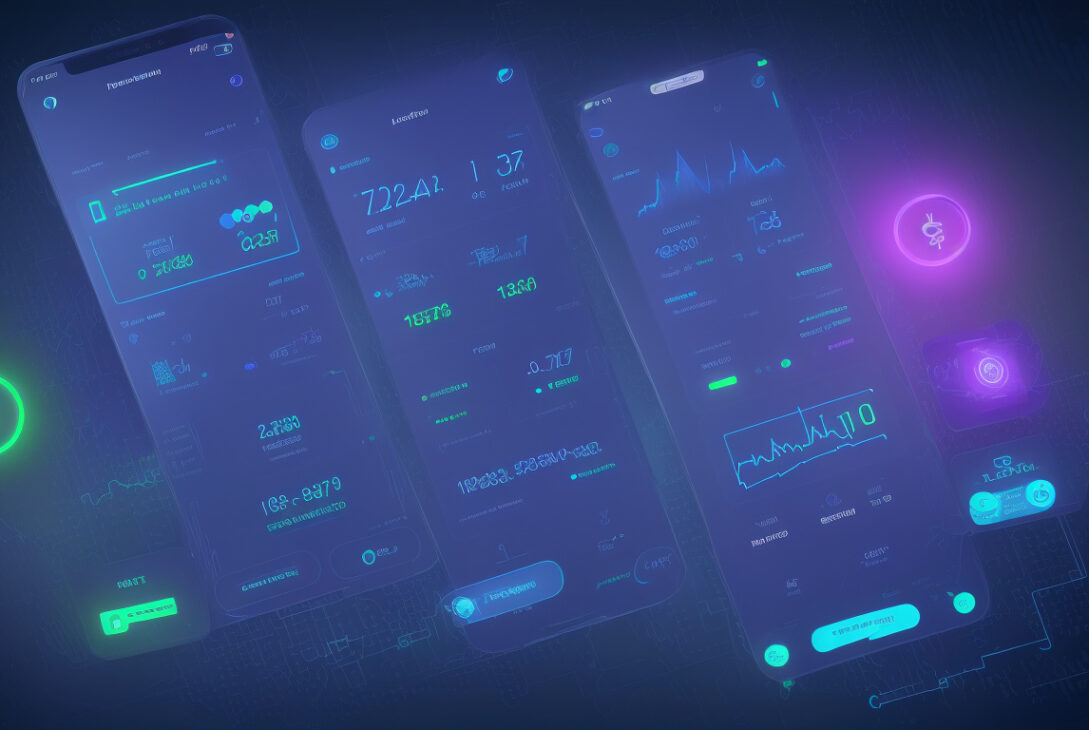In the rapidly evolving world of cryptocurrencies, transactions operate on blockchains. Cryptocurrencies depend on clear links. Blockchains record and connect each transaction. A blockchain explorer links users with these records. This tool gives casual users and experienced investors close access to crypto transaction details. It pulls data from the blockchain ledger. The ledger, transparent and connected, shows transactions, balances, and network activity. This article guides you through blockchain explorer basics, benefits, functions, and usage in the cryptosphere.
What is a Blockchain Explorer?
A blockchain explorer stands as a web tool. It connects users directly to real-time and past blockchain data. Think of it as a search engine; every transaction, block, and address sits close to its search result. Blockchains work without central control. Monitoring transactions, without this tool, becomes hard. The explorer, linking data nodes, brings clear, visible order to complexity.
How Does a Blockchain Explorer Work?
A blockchain explorer scans blocks continuously. Each block links to transactions. It stores transaction IDs, wallet addresses, block times, fees, and mining details. The tool organizes this data in a close, clear interface.
When you type a transaction ID, block hash, or wallet address, the explorer connects and shows:
- Transaction history and status (confirmed or unconfirmed)
- Amounts moved and fees paid
- Date and time noted
- Linked wallet addresses
- Block height and confirmation count
Each piece of data links directly to the blockchain. The dependency between data points builds trust and clarity.
Key Features of Blockchain Explorers
Different blockchains require their own explorers. Yet many share similar, connected features:
- Transaction Search – Search a transaction by its unique ID (TXID). The explorer links the ID directly to detailed data.
- Address Lookup – Look at a wallet address as it connects to incoming and outgoing transactions.
- Block Information – Find recent or past blocks. Each block links size, hash, mined time, and miner rewards.
- Double-Spend Alerts – Some explorers connect alerts to double-spend suspicions. This alert feature adds a link of security.
- Network Statistics – Real-time analytics link to the overall network health. Hash rate, difficulty, and volume connect directly.
- APIs – API tools link directly to developers. They integrate blockchain data into applications without loose connections.
Why Use a Blockchain Explorer?
The explorer connects you to your crypto transactions, beyond what a wallet may show. It verifies that data links exist in the blockchain. Reasons to use an explorer include:
- Verify Transactions: Confirm that the transaction connects to the blockchain and note its confirmation count.
- Track Payments: Businesses track payments in real time. The explorer links customer payments to visible records.
- Explore Wallets: Check a wallet’s balance and transaction frequency. These links serve research and audit needs.
- Security Auditing: Trace linked funds, detect unusual moves, and avoid scams. Every link builds a safety net.
- Educational Purposes: Beginners see close links between blockchain technology and transaction mechanics.
How to Use a Blockchain Explorer: A Step-by-Step Guide
Follow these steps that connect your crypto data clearly:
Step 1: Choose the Right Blockchain Explorer
Select an explorer that links to your cryptocurrency. Bitcoin, Ethereum, and Binance Smart Chain each have dedicated explorers. Examples include Blockchain.com, Etherscan.io, and BscScan.com. Each tool connects you to its blockchain with accuracy.
Step 2: Find Your Transaction ID or Wallet Address
Locate your transaction ID in your crypto wallet. The wallet history connects your funds to their records.
Step 3: Enter the Data Into the Explorer Search Bar
Paste the TXID, wallet address, or block number into the search bar. The explorer immediately connects this input to its stored data.
Step 4: Analyze the Results
Each result links transaction confirmations, timestamps, fees, inputs, and outputs. The connection between each data point helps you understand the transaction clearly.

Step 5: Use Advanced Features if Needed
Some explorers connect charts, export options, or API access to further link and analyze data.
Top Blockchain Explorers in 2024
Here are trusted explorers that link your data accurately:
- Blockchain.com Explorer: Connects Bitcoin and Bitcoin Cash data. Its interface stays close and clear.
- Etherscan: Links Ethereum data thoroughly. It shows ERC-20 token tracking and smart contract details.
- BscScan: Connects directly to Binance Smart Chain. It links token details and DeFi activities clearly.
- Blockchair: A multi-blockchain explorer that links Bitcoin, Ethereum, Litecoin, and more with extensive data tools.
- TokenView: Globally links over 50 blockchains. It connects data with multi-language support.
Benefits of Transparency Through Blockchain Explorers
Blockchain explorers connect everyone to decentralized records. Unlike banks that store private data, explorers link data directly to you. This open connection reduces fraud. It increases accountability and builds trust in the crypto ecosystem by linking every transaction transparently.
Blockchain Explorers and Security
The explorer links transparency with security:
- It lets users detect double-spending or fraud quickly.
- It connects audit trails for compliance and forensic reviews.
- It helps developers monitor every linked transaction and network efficiency.
Regular checks build a secure chain of trust and prevent losses.
Common FAQ About Blockchain Explorer
Q1: What information can I find using a blockchain explorer?
A blockchain explorer links details such as transaction amounts, sender and receiver, confirmations, block size, timestamp, miner data, and wallet history.
Q2: Can I use a blockchain explorer to recover lost funds?
The explorer links funds’ trails but cannot reverse transactions. Funds remain traceable in their linked chain but stay immutable.
Q3: Is a blockchain explorer free to use?
Explorers connect data freely as web tools. Some add premium features or API services. Basic tracking links remain free.
Final Thoughts: Take Control of Your Crypto Experience
A blockchain explorer links your crypto transactions with transparency. It connects confirmations, timestamps, fees, and balances clearly. This transparency boosts security and enables full control of your digital assets. The explorer links every record, making the decentralized world easier to follow. Choose a trusted explorer that connects with your cryptocurrency. Link the power of transparency to navigate the cryptosphere with ease.
For more insights into blockchain analysis and trusted explorers, consult resources like CoinDesk to stay linked to best practices and tools.
Ready to connect deeper? Dive into your blockchain explorer now, and link yourself to every digital transaction!










